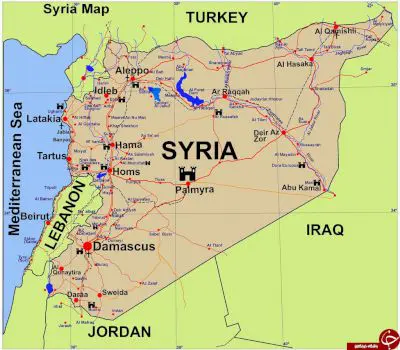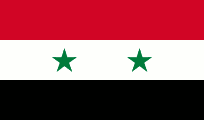Polybutadiene Prices in Syria
Syria is located in West Asia, north of the Arabian Peninsula in the Middle East. Polybutadiene rubber is a polymeric compound that is formed from the polymerization reaction of units 1 and 3 of butadiene. The Syrian government grants temporary imports of goods to other countries without paying taxes in the following cases. Polybutadiene rubber does not pose a risk to the environment, but if it comes in direct contact with the eyes and skin, the polymer particles can cause severe irritation along with redness and pain in the area of contact. Syria is a pristine export market for Iranian products due to the situation in Syria due to sanctions. With the launch of this unit, both the domestic need of the rubber industry for this material will be met and the production surplus will be exported to other countries
Add your import and export orders to this list
Warning: Undefined variable $formTitle in /home/anbar/domains/anbar.asia/anbar/inc/html/desktop/orderform.php on line 10
Warning: Undefined variable $marketName in /home/anbar/domains/anbar.asia/anbar/inc/html/desktop/orderform.php on line 12
Warning: Undefined variable $location in /home/anbar/domains/anbar.asia/anbar/inc/html/desktop/orderform.php on line 12
If you want to trade in the , please join in Anbar Asia. Your order will be shown here, so the traders of contact you

Syria earns millions of dollars annually through its ports on the Mediterranean Sea. Polybutadiene rubber is used as a raw material to make the core of sandblasting equipment hoses with natural rubber. The banking system in Syria is under the control of the Syrian government, and all Syrian banks operate under the Ministry of Economy and Trade. Export of polybutadiene as one of the synthetic rubbers that has different applications in different industries
- Syria Polypropylene Market
- Syria Nylon Market
- Syria resin Market
- Syria Styrene Butadiene Rubber Market
- Syria Ethylene Market
- Syria Acrylonitrile Butadiene Styrene Market
- Syria Polybutadiene Market

Syria's highest point is Mount Jabal al-Sheikh, 2,814 meters (9,232 feet) on the Lebanese border. Semi-arid steppe zones, nestled between the wet shores of the Mediterranean on one side and the desert on the other, cover about three-quarters of the country. These steppe zones host hot, dry winds blowing through the desert.
Read More ...
